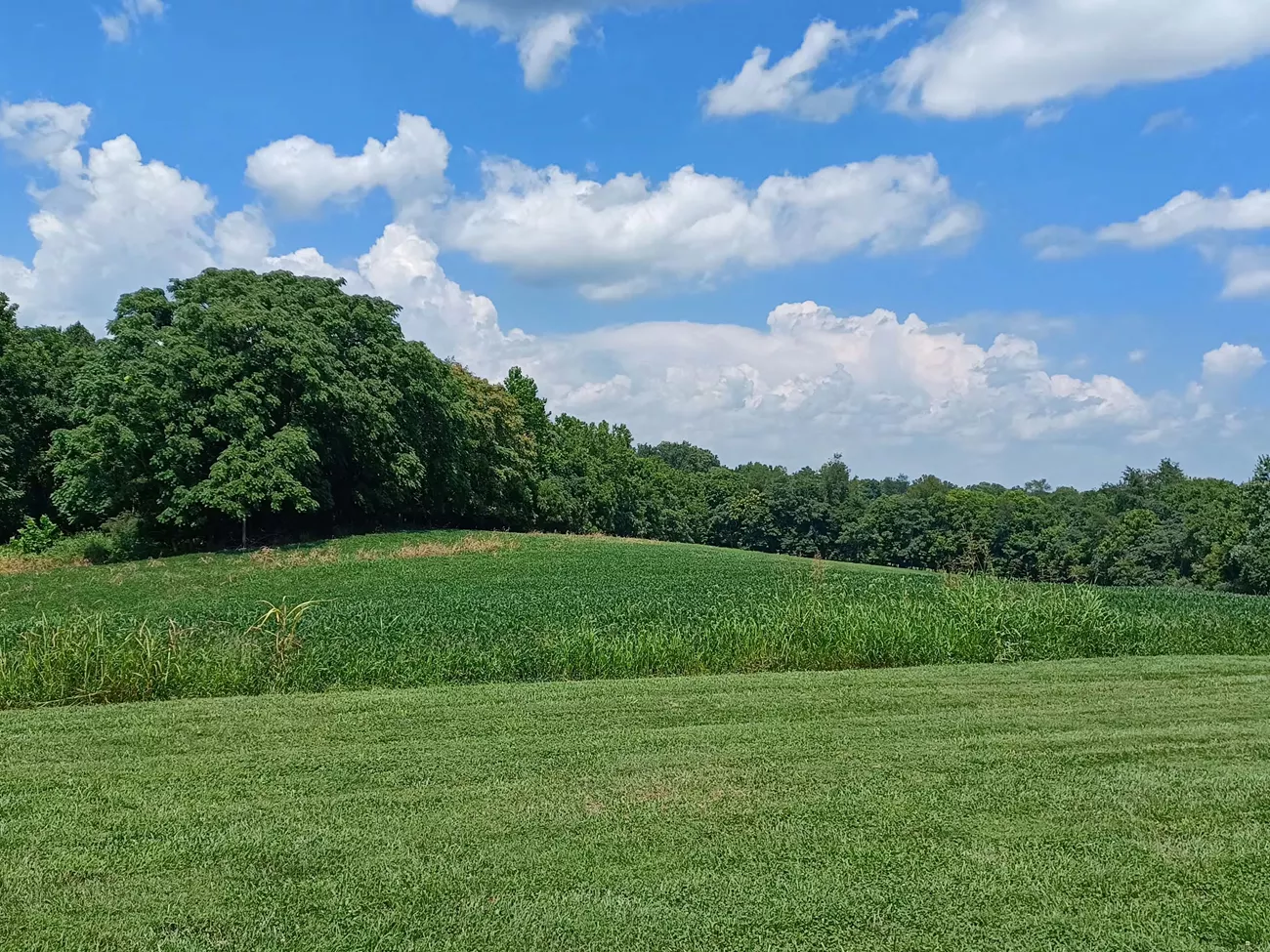The National Park Service is giving a $492,000 grant to preserve farmland that was part of the Civil War battle of Shepherdstown.
The Jefferson County Farmland Protection Board will use the funding to preserve 149 acres that played a role in the lesser-known battle that took place days after Antietam in September 1862.
Confederate troops fought off the Union Army at Shepherdstown, which was then in Virginia.
When they returned to the Potomac River to push north into Pennsylvania the following year, West Virginia had become a state, and a part of the Union.
The preserved acreage will be protected from development but still produce hay and alfalfa.
“The conservation easements this funding will be used for will also ensure that farmers with land in the area can continue to earn a living and help feed America while protecting a piece of American history that is our duty to remember,” said U.S. Sen. Joe Manchin, D-West Virginia.
Another 2023 Battlefield Land Acquisition Grant of $927,000 was awarded to the Jefferson County Historic Landmarks Commission to preserve another 122 acres along the Potomac where most of the battle took place.
